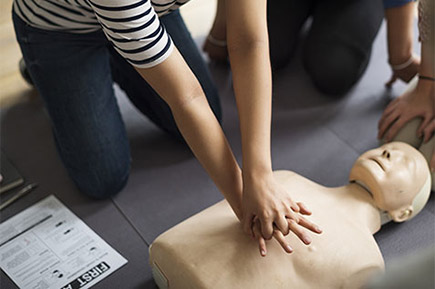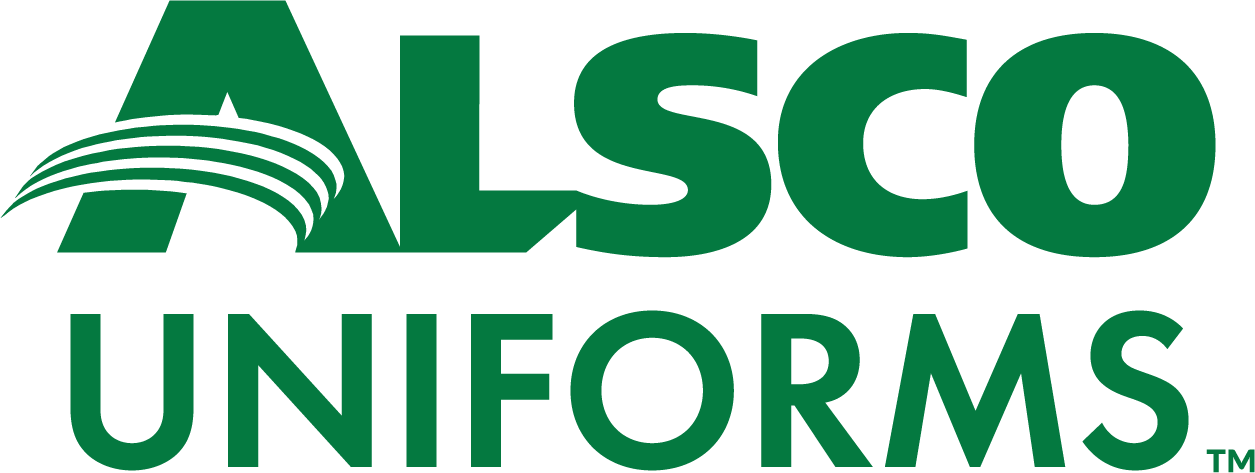
First Aid is often the first line of defence in a medical emergency. According to the Work Place Safety and Health Act, it is defined as treatment that minimises bodily injury and preserves life until medical help is obtained.
If not properly administered within minutes following an accident or injury, the consequences can be fatal.
It includes techniques like cardiopulmonary resuscitation (CPR), bleeding control and slinging a broken arm, to cleaning cuts and wounds. It can also be as simple as calming an injured person and holding their hand.
When done properly, first-aid treatment can preserve life, prevent further injury and promote recovery.
Want you or your employees to learn how to administer first-aid? The Ministry of Man Power (MOM) suggests these first-aid training programs.
“Carefulness costs nothing. Carelessness may cost you your life.”
Anonymous, circa early 20th Century
Workplace First Aid Scenario: Electrical Burn
After first aid training, you will be more equipped to handle common workplace injuries like asthma attacks, bleeding, burns, fainting, and so on.
Let’s take a look at how first-aid treatment can be administered in the case of an electrical burn, which can render someone unconscious. Other symptoms include shock, leathery, brown, coppery debris on the skin, and skin discolouration.
Treatment may go as follows:
- Do not touch the casualty if they are still in contact with the electric current.
- Turn off the electricity from the source, or at the very least, move it away from you and the casualty. If you don’t have rubber-soled shoes, stand on a pile of papers and use a wooden stick or a glass object (poor electrical conductors) to do this.
- Once the casualty is away from danger, swiftly assess the situation. Does the patient show signs of breathing, circulation or coughing? If not, begin CPR immediately (use: the resuscitation mask).
- Run the burned area under cool water.
- Dress the area (use: gauze or dressings).
- Treat the casualty for shock.
Is First Aid Mandatory in the Workplace?
All businesses in Singapore must comply with regulations under The Ministry of Manpower’s Workplace Safety and Health Act; it stipulates everything you need to know about first-aid treatment and occupational safety and health.
To different extents, this act applies to factories, airports, aircraft, ships, laboratories, as well as cleaning and construction zones.
What Should Be in the First Aid Kits?
 First-aid boxes are painstakingly concise – every item has a specific point and purpose. They must be regularly checked to ensure that everything is in working order. Refer to Annex A of the Ministry of Manpower’s Guide to the Work Place Safety and Health (First-Aid) Regulations for a complete list of the requirements. Items include:
First-aid boxes are painstakingly concise – every item has a specific point and purpose. They must be regularly checked to ensure that everything is in working order. Refer to Annex A of the Ministry of Manpower’s Guide to the Work Place Safety and Health (First-Aid) Regulations for a complete list of the requirements. Items include:
- Dressings: applied to the wound, it helps the healing process while protecting the area.
- Crepe bandages: light support for sprains and strains.
- Triangular bandages: as a sling, towel or tourniquet.
- Gauze: can absorb blood and be used as a bandage.
- Hypoallergenic tape: allergen-free, steadfast adhesion and gentle removal.
- Scissors: cutting bandages and clothing.
- Safety pins: for splinter removal and securing bandage sling.
- Disposable gloves: a barrier against infection.
- Eye pads & shield: cushion and protect the eye from infection.
- Resuscitation mask: a face shield that prevents infection while providing CPR.
- Sterile water or saline: wash out the eyes and clean cuts.
- Torchlight: in case of a power outage or for extra light.
How Much Do First Aid Kits Cost in Singapore?
In Singapore, one first-aid kit can cost anywhere between $80 and $200, depending on the vendor and type of kit.
What makes a rented first-aid kit service like Alsco so special is that it saves you from the hefty expense of buying kits by boiling everything down to a single monthly fee. This includes instalment, restocking, maintenance, regular checks, updates, and more.
Sound helpful? Fill in the enquiry form and get the best price for your business!
How to Keep First-Aid Boxes Restocked
 The last thing you need in an emergency is to reach for a first-aid kit and not find what you’re looking for!
The last thing you need in an emergency is to reach for a first-aid kit and not find what you’re looking for!
This dilemma is more common than you think, and one of the many reasons why a Safety Committee is crucial in the workplace. Restocking first-aid boxes are part of a first-aider’s responsibilities, which we will discuss further in the next section.
Want to avoid the hassle of re-stocking first-aid kits? Alsco can conduct an assessment of your premises and provide all your requirements. We provide hospital grade supplies, quarterly services and restocking services. Our kits are up-to-date and 100% compliant with safety regulations.
What are the Employer’s Responsibilities?
Every industry has different risks and safety considerations. The number of employees and the nature of work also matters. What is the physical layout of the workplace? Is there a history of accidents or illnesses? All these factors must be taken into account when carrying out one’s responsibilities as an employer. The Safety Committee can be tasked with reviewing safety regulations at your workplace.
Employers are required to provide and maintain the following:
First-Aiders Appointment and Training
Select employees who are physically fit, responsible, and able to respond in case of an emergency. There must always be enough first-aiders on the premises corresponding to the requirements. Display their names and locations somewhere conspicuous.
| Type of workplace | No. of employees | No. of first-aiders |
| Quarries, construction sites, shipyards, petroleum refineries, woodworking factories | 26 – 100 | one |
| More than 100 | one for every 100 persons employed or less | |
| All other factories and workplaces covered under the Regulations | 26 – 150 | one |
| More than 150 | one for every 150 persons employed or less |
First-Aid Kits
They must be sturdy, easy-to-carry and clearly marked. Store them in well-lit areas that are easily accessible for everyone. Ensure that everyone knows where they are and can access them in case of emergency.
How many first-aid boxes you need depends on the number of employees and the physical layout of the workplace, e.g., there should be one on every floor.
| Ratio Of Employees To First-Aid Boxes | |
|---|---|
| No. of employees | No. and type of first-aid boxes |
| Less than 25 employees | at least one Box A |
| every 50 employees | at least one Box B |
| every 100 employees | at least one Box C |
Note: One Box B is equivalent to two Box A’s. One Box C is equivalent to two Box B’s.
First-Aid Room (If You Have More Than 500 Employees)
A well-lit, large enough room where people can move about. It should be ventilated and clearly marked.
Safety Orientation
Lastly, it is the employer’s responsibility to inform all employees of the first-aid facilities and treatment procedures. Employees should also be made aware of the specific hazards of their workplace.
What Are the First-Aider’s Responsibilities?
Manage The Emergency
First Aiders are expected to navigate the hazards of the workplace as they assess the situation. An accurate assessment involves ruling out any danger then checking the casualty’s response, clearing clogged airways and monitoring breathing, circulation and pulse. After providing treatment, they are to hand over the patient and all relevant information to the doctor, as well as keep a record of the treatment.
Manage The First-Aid Boxes
First Aiders are also expected to maintain and check the first-aid boxes. This means:
- Monitoring and replacing depleted items.
- Conducting regular audits to ensure compliance with MOM standards.
- Ensure everything is in excellent, working condition.
Sounds like a lot of work, doesn’t it?
First-Aid is mandatory but worrying about the kits, restocking, compliance and hefty budgets isn’t. Contact Alsco today and look forward to a stress-free, safety-first work environment from here on.
Photo courtesy of Freepik by @rawpixel.com
